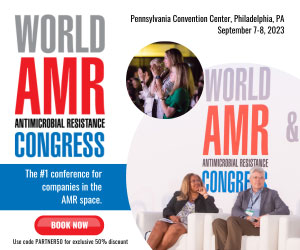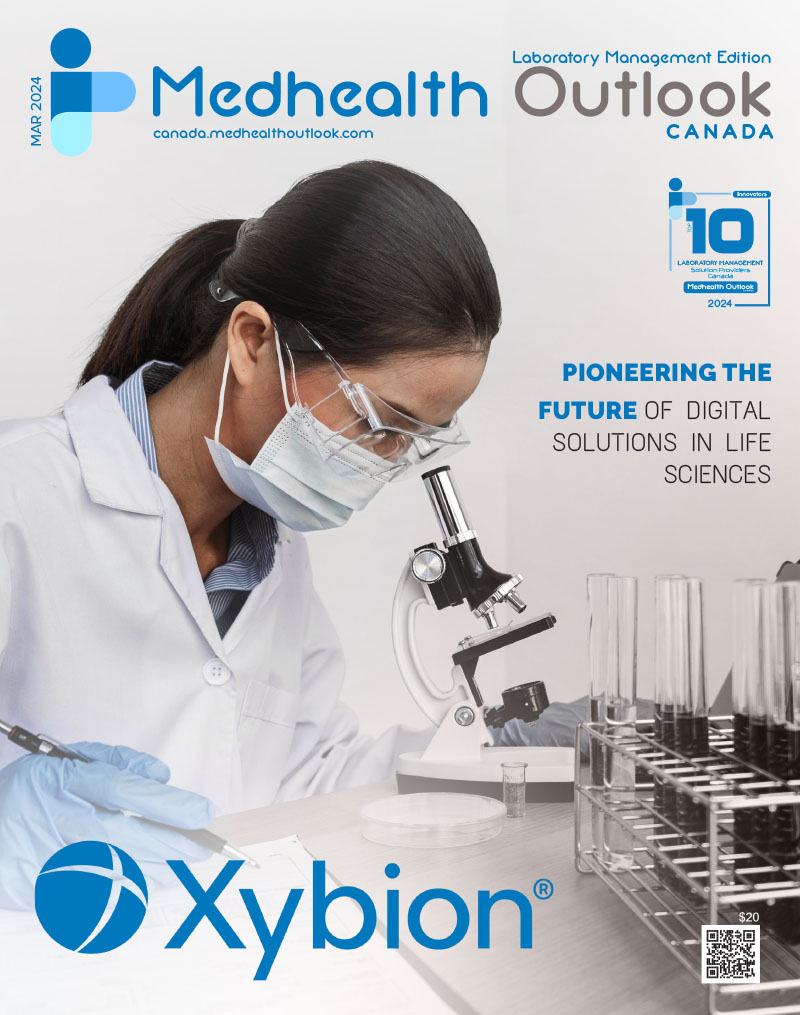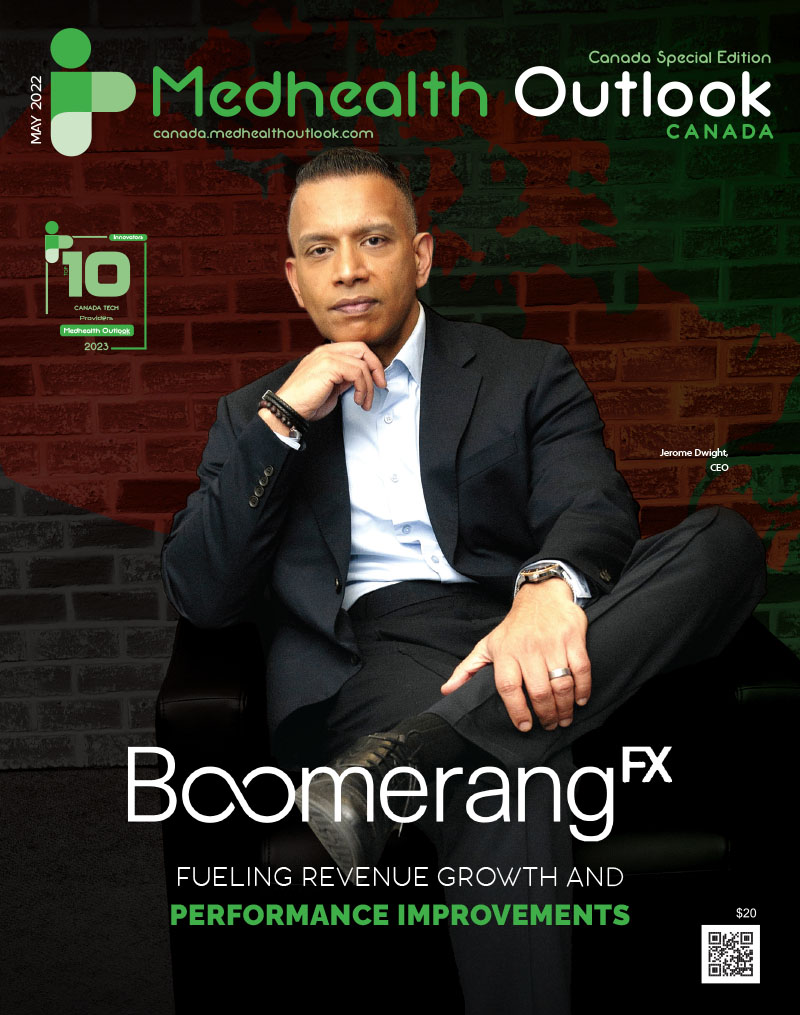Physicians have used umbilical cord blood as a cell source for allogeneic hematopoietic stem cell transplantation (HSCT) for decades. Cord blood is used to treat hematologic malignancies and disorders in children and adults. Rich in cellular source material, researchers are exploring cord blood for new uses, including cell and gene therapy development.
The value of cord has been demonstrated when used as starting material for natural killer (NK) cell isolation for CAR-NK therapies and for induced pluripotent stem cell (iPSC) generation. Researchers have also used cord blood in clinical studies exploring its safety and efficacy for treating conditions such as neurological disorders, inherited metabolic disorders and stroke.
What makes cord blood an attractive option? There are three distinct advantages to using cord blood as a starting material for cell and gene therapy development:
- Ease of availability, which can reduce operational burden as a therapy scales
- A more naïve cell state with less chance of undesired mutations
- Cord blood bank knowledge of the regulatory pathway for obtaining FDA-approval of a manufactured product
Cord blood units (CBUs) are readily available off-the-shelf
Ease of availability is a major advantage of using cord blood as a starting material versus an adult donor. The donor eligibility and availability issues that sponsors may experience with adult donors do not exist with cord blood.
CBU products are highly characterized during processing. Take the cord blood units listed on the Be The Match Registry® as an example. Specifications available on the cryopreserved CBUs include:
- Total nucleated cell (TNC) count
- CD34+ count
- Viability
- Volume
- HLA type
- Blood type
- Donor eligibility safety profile
- Unit age
- Licensed/unlicensed
Eligibility issues are predetermined before a product is listed for availability. Those listed on the registry meet donor eligibility and safety requirements for use in humans. These types of CBUs can be used for clinical and commercial therapy development.
Research-use-only (RUO)cord blood units are also available for sponsors who are validating, qualifying, and investigating internal processes and procedures or conducting engineering runs. These units are also characterized. However, they may not meet eligibility or safety requirements for use in humans.
Whether a sponsor needs CBUs for clinical and commercial development or RUO, cryopreserved CBUs stored at cord blood banks are available off-the-shelf and in abundant supply. For example, there are currently more than 266,000 CBUs on the Be The Match Registry and nearly 806,000 CBUs on U.S. and global registries.
As a cell or gene therapy scales and a company needs additional starting material, this supply and availability can reduce the operational burden.
Cord blood units are a more naïve cell source and at a lower risk for undesired mutations
The second advantage of cord blood is its naivety. Cord blood is collected at the time a healthy baby is born and, importantly, at no risk of harm to the baby or the mother. The cells are collected from a newborn infant whose immune system is not fully developed. In addition, cells derived from cord blood are more malleable because they are young and naïve. There are fewer mature T-cells and more stem cells. This cell state is often desirable and advantageous for cell and gene therapy developers who are creating cord blood-derived iPSCs or NK cells, for example.
Cord blood cells collected at the time of birth have not been exposed to environmental toxins or viral pathogens, due to the protection of the placental barrier. These exposures can initiate cellular mutations in adults that could complicate further manufacturing.
Cord blood banks understand FDA regulatory requirements for obtaining product licensure
The blood-forming stems cells derived from cord blood are FDA-approved for use in patients who need unrelated HSCT for a disorder that affects the hematopoietic system. Cord blood banks that hold a license have experience manufacturing a GMP-grade product that meets FDA licensure requirements. Those CBUs that do not meet the specifications of the BLA or are to be used for another indication can be released under IND.
The majority of products listed in registries are red cell and plasma reduced. Mature red cells do not confer engraftment and do not withstand freezing and thawing. Plasma reduction decreases product volume which reduces the volume of freezing solutions and the infusion of non-essential elements.
This experience can benefit cell and gene therapy developers. While the indication is different, the source material is manufactured in a way that the FDA had oversight of, regulated and approved.
In addition, cord blood banks that have units listed on the Be The Match Registry must meet rigorous participation requirements reviewed annually, such as being accredited by AABB or NetCord-FACT and complying with National Marrow Donor Program/Be The Match’s Participation Criteria for listing. Those banks that hold a BLA have demonstrated that the cord blood bank complies with FDA regulations and can demonstrate that compliance to the FDA.
A fantastic use for an abundant resource
Researchers have only begun to scratch the surface of the true potential of cord blood. As a readily available, sustainable resource rich in cellular source material, cord blood holds promise for future cell and gene therapy development.
About the author
Donna Regan, Director of Customer-Ready Products, Be The Match BioTherapies
Donna Regan is the Director of Customer-Ready Products for the National Marrow Donor Program/Be The Match, including Be The Match BioTherapies. Equipped with 25 years directing clinical HCT/P processing laboratories and experience with cGMP, regulatory compliance, quality management and product development, Donna is driven to facilitate patient access to traditional and novel cell therapies by cultivating cooperative network and interpersonal relationships.













